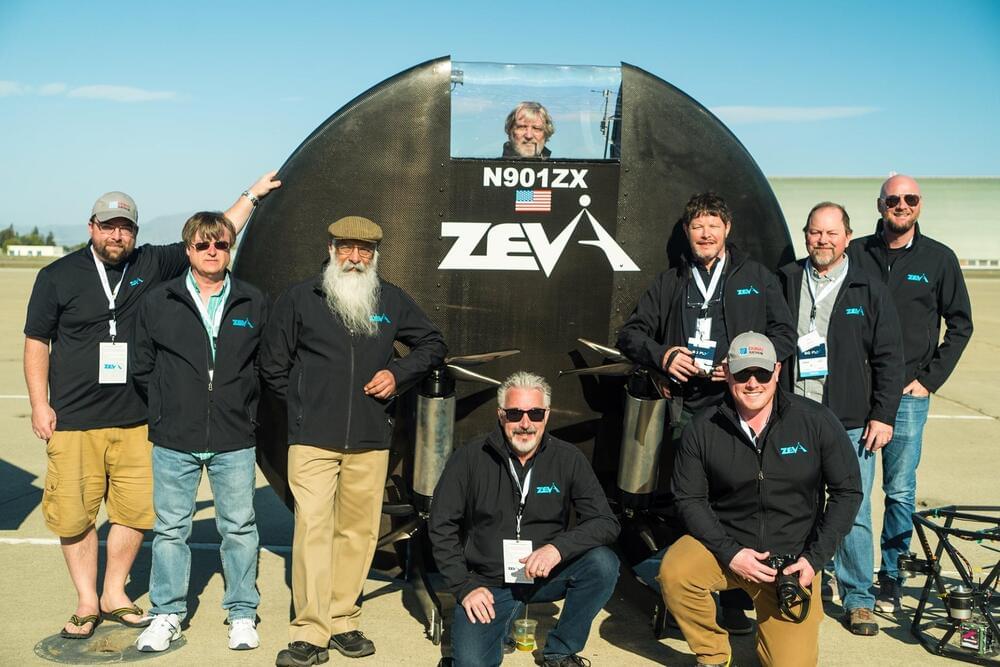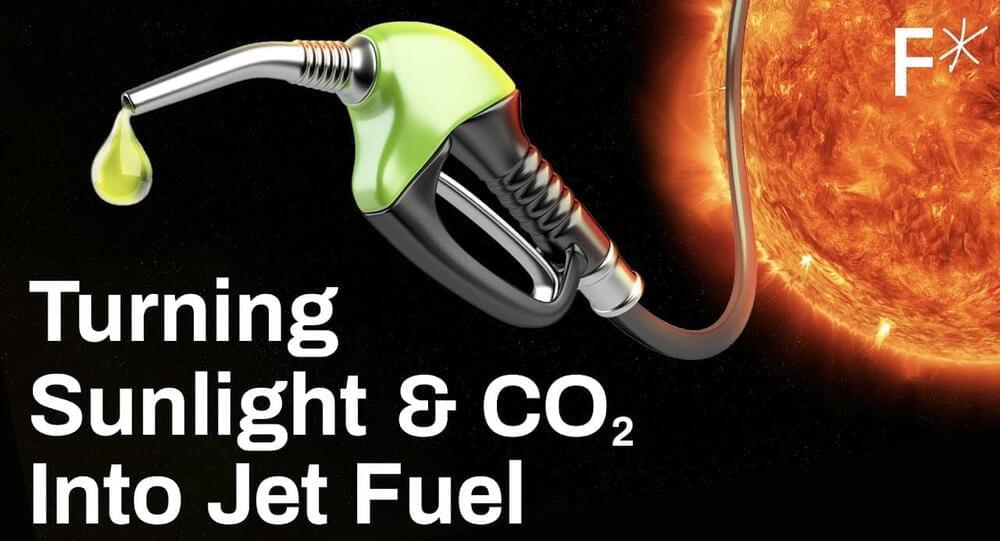Nvidia may be best known for graphics cards you can’t find in stores, but the company also makes some interesting software tools. An example of this is the noise removal feature known as RTX voice, which was upgraded to work with all GeForce cards earlier this year, and does an excellent job of cleaning up background noise.
Now Nvidia (Thanks, 80.lv) has been showing off a new tool in beta this year involving sound. Audio2Face is an impressive looking auto rigging process that runs within Nvidia’s open real-time simulation platform, Omniverse. It has the ability to take an audio file, and apply surprisingly well matching animations to the included Digital Mark 3D character model.






